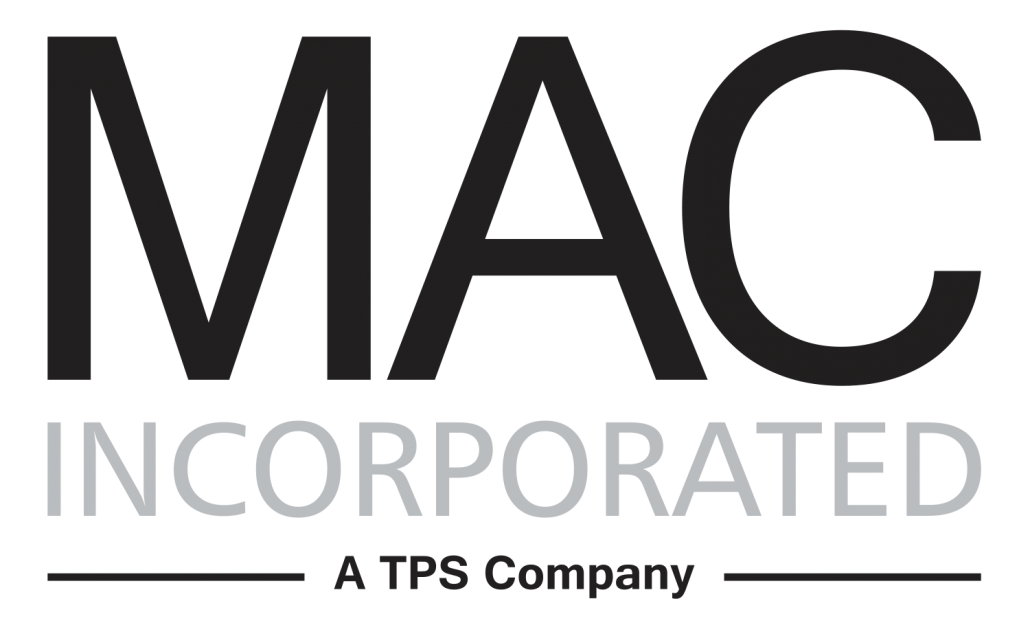OSHA Overview: Permit-Required Confined Spaces
Many workplaces have spaces that are considered by the OSHA to be “confined” because their size and/or configurations deter the activities of employees who must enter into or work from them. Because employees who work in these confined spaces often face increased risk of exposure to serious injury hazards such as entrapment, engulfment and hazardous atmospheric conditions, OSHA has come up with a rulebook to make these conditions safer. Below we’ll help identify what is considered a confined space and what precautions your organization needs to take in order to remain compliant with OSHA regulations.
Definitions.
A confined space is defined by OSHA as a small space, not necessarily designed for people, that is large enough for workers to enter and perform certain jobs. A confined space also has limited or restricted means for entry or exit. It is not designed for continuous tenure. Some examples of confine spaces include tanks, vessels, silos, storage bins, hoppers, vaults, pits, manholes, tunnels, ductwork, pipelines, and more.
The OSHA, however, focuses mainly on regulating, permit required confined spaces. A permit required confined space is defined as confined space that meets one or more of the following criteria: contains or has the potential to contain a hazardous atmosphere; contains a material that has the potential to engulf in flames; has walls that converge inward or floors that slope downward and taper into a smaller area which could trap or asphyxiate an entrant; or contains any other recognized safety or health hazard, such as unguarded machinery, exposed live wires, or heat stress.
Regulations.
According to OSHA 29 CFR 1910.146, organizations must evaluate their workspace to identify if spaces are permit spaces. If the office does contain permit spaces, the employer must inform employees of the location and the hazards they pose. This can be done by simply posting a sign such as “DANGER — PERMIT-REQUIRED CONFINED SPACE — AUTHORIZED ENTRANTS ONLY”.
Here is a chart that will help you determine whether a space is permit required.
Chart by OSHA.GOV.
For employees that are not to enter and work in permit spaces, employers must take precautious measures to prevent them from entering the off limit spaces. If employees are expected to enter permit spaces, the employer must develop a written permit space program and make it available to employees or their representatives.
Solution program.
The OSHA requires that if any employee needs access to the permit required workspace, the organization must develop and implement a written program for the space. The written plan must include the following:
- Measures to prevent unauthorized entry.
- Test atmospheric conditions in the permit space before entry operations and monitor the space during entry;
- Establish and implement the means, procedures and practices to eliminate or control hazards necessary for safe permit space entry operations;
- Identify employee job duties;
- Provide at no cost to the employee, personal protective equipment and any other equipment necessary for safe entry and require employees to use it;
- Ensure that at least one attendant is stationed outside the permit space for the duration of entry operations;
Training.
Before the assignment begins, you must provide proper training for all workers who are required to work in permit spaces. After the training, it’s your job to ensure that the employees have acquired the understanding, knowledge and skills necessary to safely perform their duties.
By complying with OSHA rules and regulations surrounding permit required confined workplaces, you’ll help keep employees healthy and safe. At MAC Incorporated worker safety is our first priority. Stay up to date on the latest OSHA rules and regulations by following the blog. As a niche-based recruiting and staffing firm, we specialize in the placement of engineering, maintenance, and operations management professionals. We understand the crucial role human beings play in the rate and quality of production output as well as the overall efficiency of asset utilization. Contact us today to see how we can improve your bottom line.

